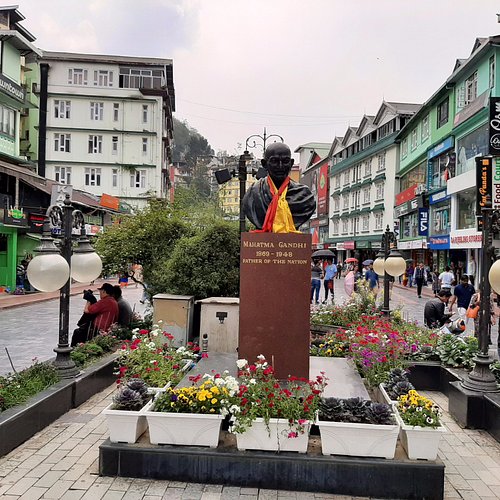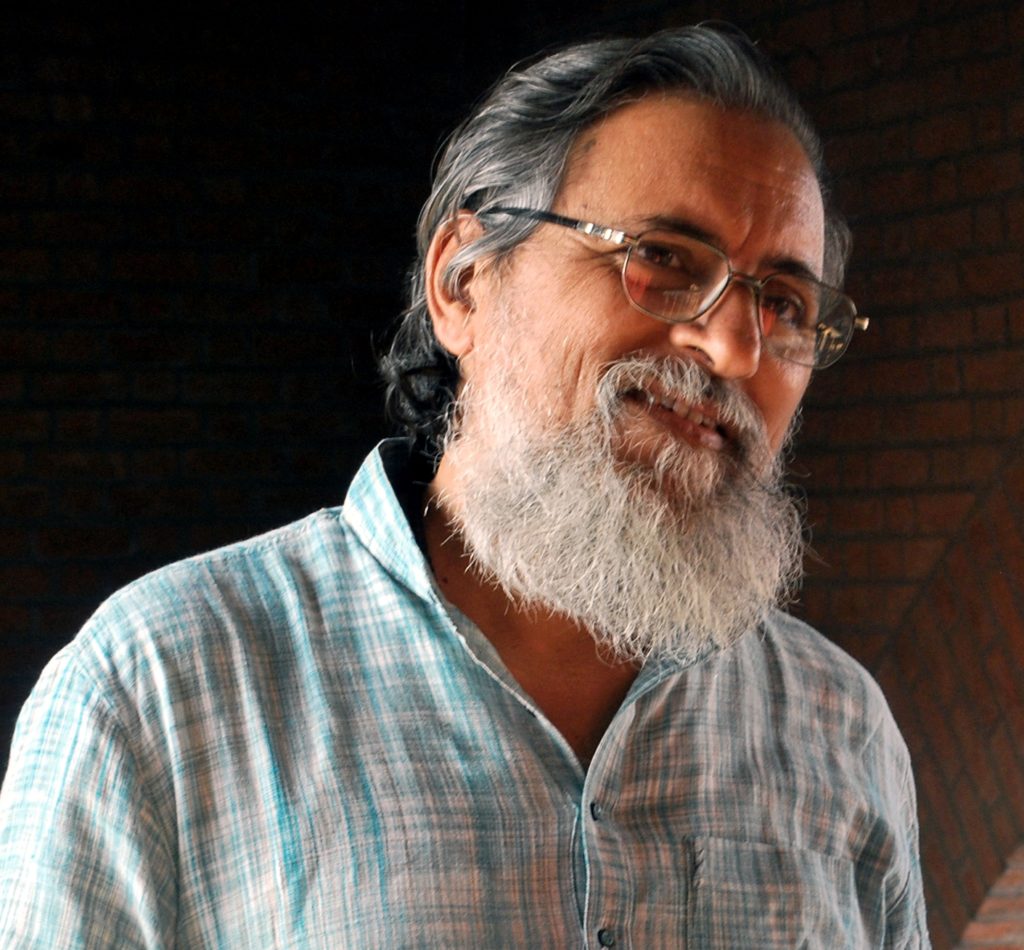We think that India need not always ape the standards created by European societies but create its own standards. That requires us to think of larger connections among social, ecological, technological and cultural aspects of our meaningful and purposeful living. A home is a place of peace not just for its inhabitants but also for neighbors, communities, birds, squirrels, ants and butterflies, and above all the future generation.
When regulation is often seen as coming in the way of ‘ease of doing business’, suggesting more regulations may imply an impediment in the path of growth. Till the private actors cooperate and design self-regulatory norms, the role of public regulators will remain. The trick is to create consensus around the changes by engaging with all stakeholders.
Let me state some of the ideas, not all are new and not all are so costly. Most will require design challenges and if students (of course, under the mentorship of faculty and practitioners) of the school of planning, architecture, design, engineering, sociology, ecology, and management are mobilized, we can go far beyond what is suggested here.
Conservation of Natural Resources
Water Chart on Building Walls
There is no gainsaying that scarcity of water is looming large on the horizon in most cities. The declining water table is so evident and yet most of the energy on water conservation is focused in rural areas leaving cities to waste and consume the water in an unsustainable manner. Why should not every private, public and other settlement/society be asked to report the annual water budget on the wall outside their building and upload it on their website?
How much water was extracted from groundwater and taken from other sources, how much change if any took place in the water table, how much water was repurposed after treatment for garden and sanitation use, how much recharge took place, how much rainwater was stored underground for human use after mixing proper minerals, and how much was discharged as effluent in sewage? If there was excess water stored, was it shared with communities around? Did municipal society plan to use it to supply scarcity-affected regions? Just as consumers can sell electric power generated from solar panels, why could not excess water be also procured where possible and needed?
The excessive load of untreated or poorly treated wastewater from cities and industry is playing havoc with the health of rivers and underground aquifers. Industrial and shopping complexes are out to be even more inclusive. Just as underground parking has been made compulsory for all major shopping complexes, similar insistence on storing rainwater harvested from roofs or otherwise is overdue.
Waste Management at Source
There is a need for bio and other waste processing in each society seeking river water (such as Narmada river water in Ahmedabad) or even otherwise. At-source segregation has not picked up much, nor have municipal waste collection bodies or contractors gone beyond wet and dry waste.
The question of segregating plastic/paper/electronic waste (all batteries disposed of in municipal waste bring heavy metals back into our food chain by getting used in nearby vegetable cultivation or through water bodies), glass, and synthetic packaging material has not arisen in most public offices or private places.
Construction Waste Processing
There is a need for common facilities to be set up urgently for processing construction waste instead of dumping it on the roadside, filling up drainage channels (which are the lungs of a city), filing up low-lying water bodies etc. Studies have shown that in the 2001 earthquake, the buildings made on filled-up lowlands were most prone to collapse. This is one of the most blatant negative externalities of redevelopment projects. There are very few drainage lines left and once you choke them, the floods with minimal rains are bound to be more frequent. Salt levels will also start rising in some pockets.
Unleashing the Creativity of Young and Old
Some entrepreneurs have made filament from waste plastic after cleaning and processing it and 3-D printed the auto-components for the Industry, a high value-added product from low-quality waste. Just as various common facilities are created, it’s time every builder creates a fab lab to encourage children.
Let kids salvage functional components from out-of-use gadgets. Similarly, clean bio-refineries (a small biotech lab for extracting aroma/essential oils from leftover flowers for instance). The idea is to harness the dormant creativity of young and old alike and trigger experimental spirit to harness the hidden potential of bio and other waste.
Blocks in parking and pedestrian pathways made from recycled plastic waste only
This is a simple and quite easily implementable suggestion and can have the functional advantage and more durable and colorful.
Conservation of Native Biodiversity
Leave small pieces of land enclosed for the native biodiversity of the region to evolve. Leaving small scattered, 0.001 per cent patches fenced for native grasses, shrubs, and trees to grow will help future generations track the way nature evolves in different habitats which are being concretized and implanted with artificial landscaping.
The rate of urbanization is likely to increase and commensurate loss of habitats of wildlife, birds, and all other floral and faunal biodiversity is bound to increase. These dense green wild patches may fertilize imagination, improve aesthetics and let the mind wander. In a manicured garden, there is very little left to imagine. Without bringing a little chaos into life, we will not be able to think diversely, so important for our creativity. We should intersperse patches of randomness in otherwise definitive, bounded and delineated realities.
Prof. Anil Gupta, Founder, Honey Bee Network, SRISTI, GIAN, National Innovation Foundation, Visiting Faculty IIMA, IITB & CSIR
Anamika Dey, Visiting Faculty at Indian Institute of Management Ahmedabad













